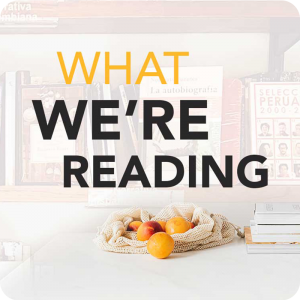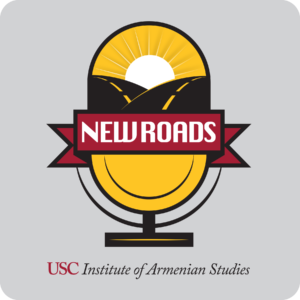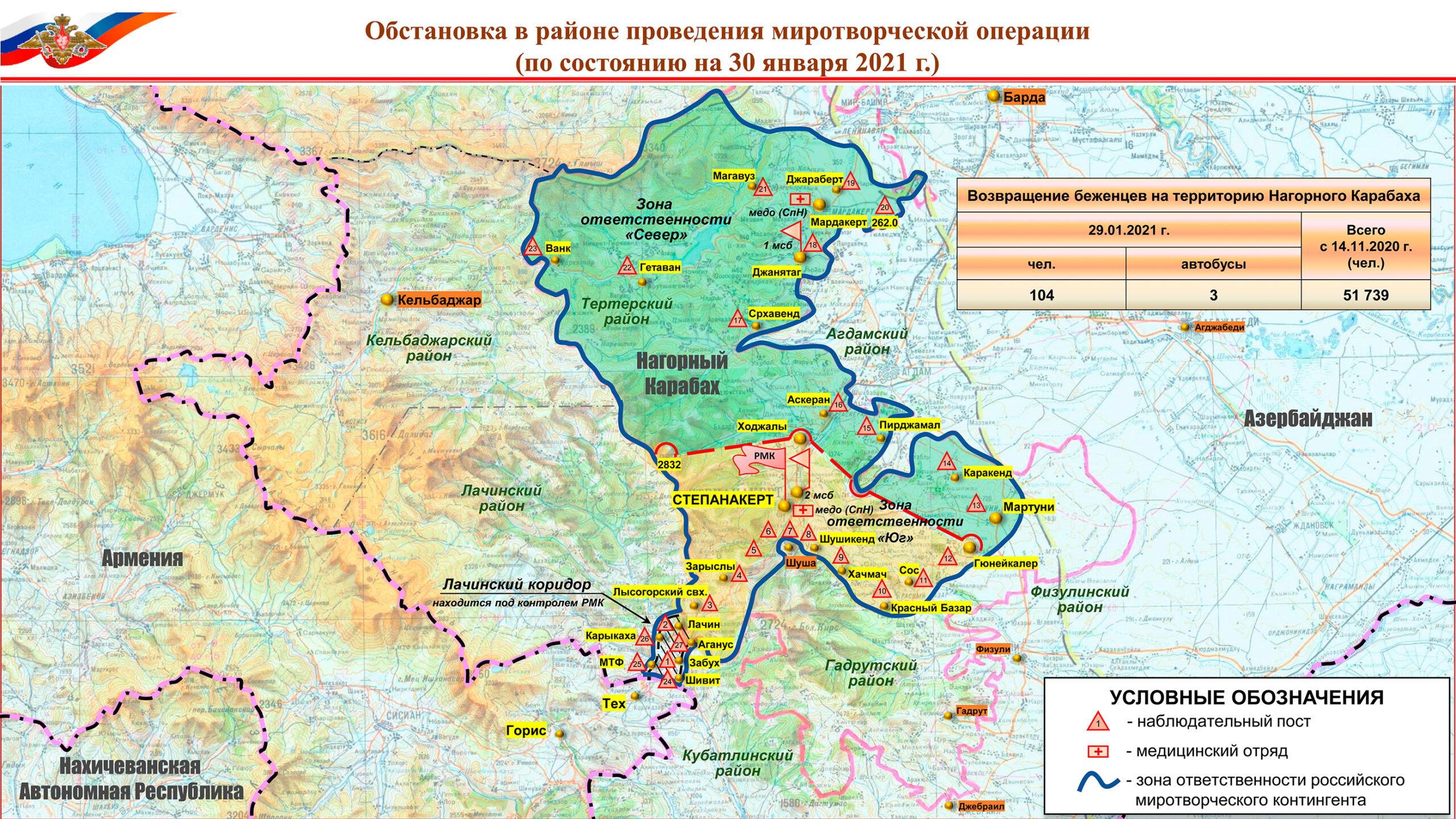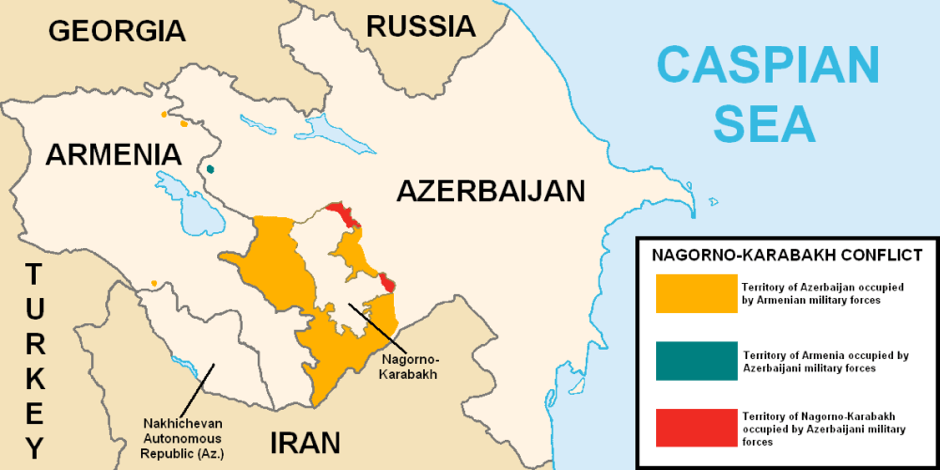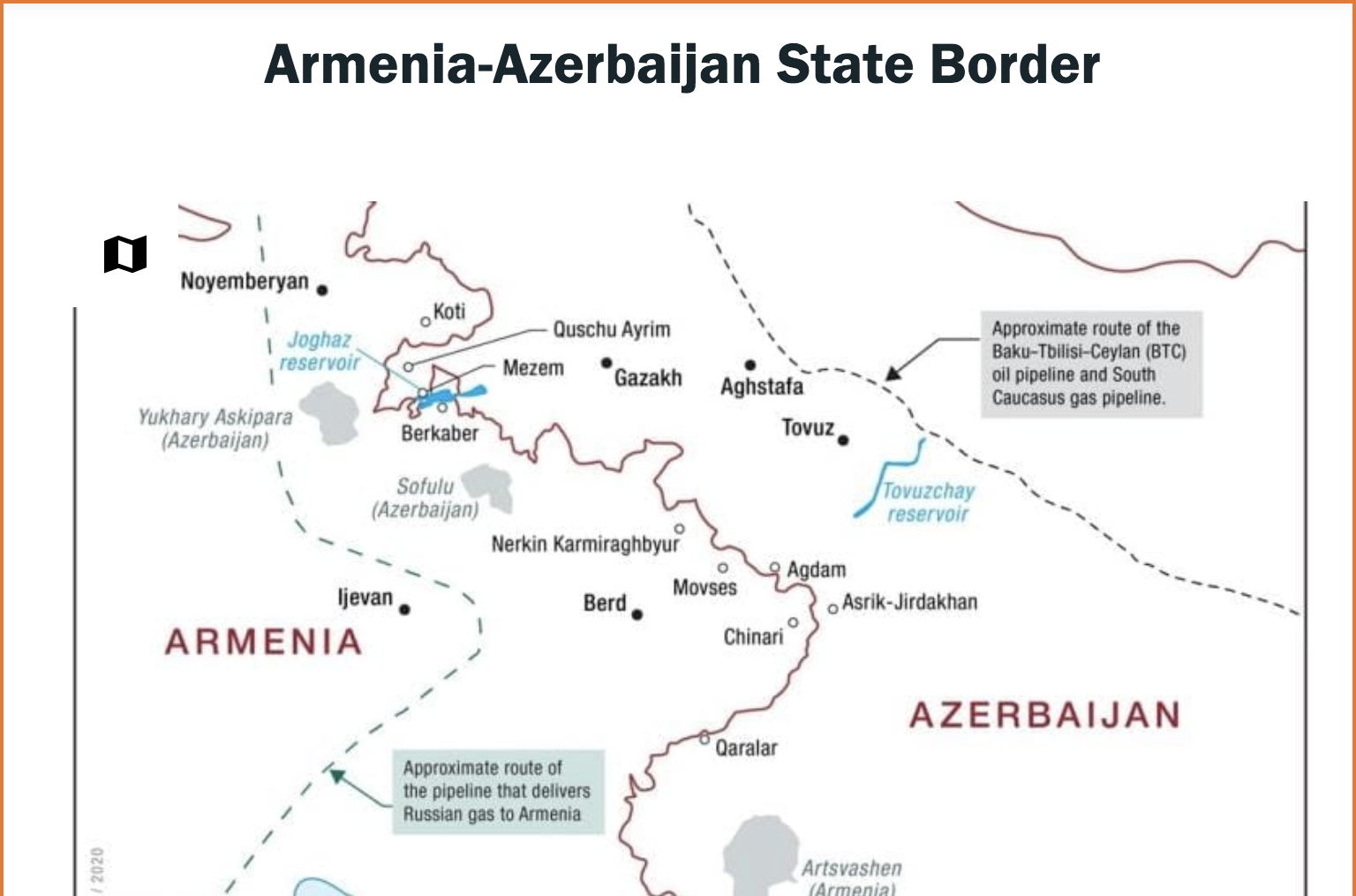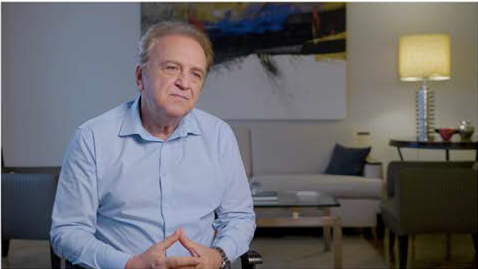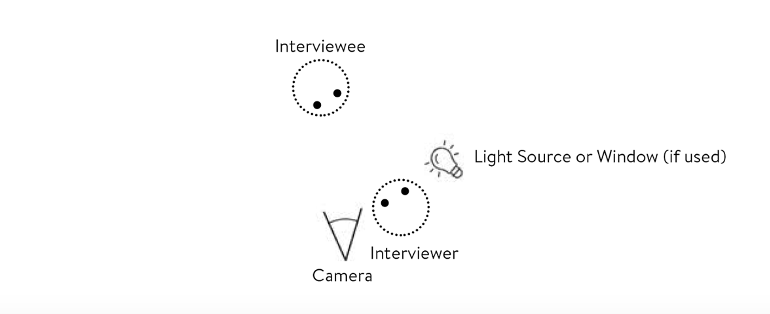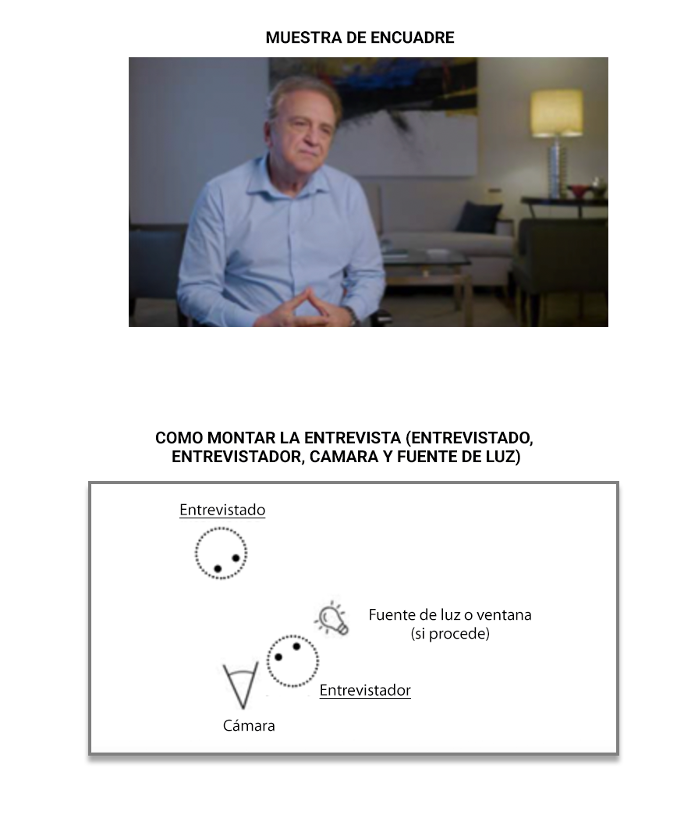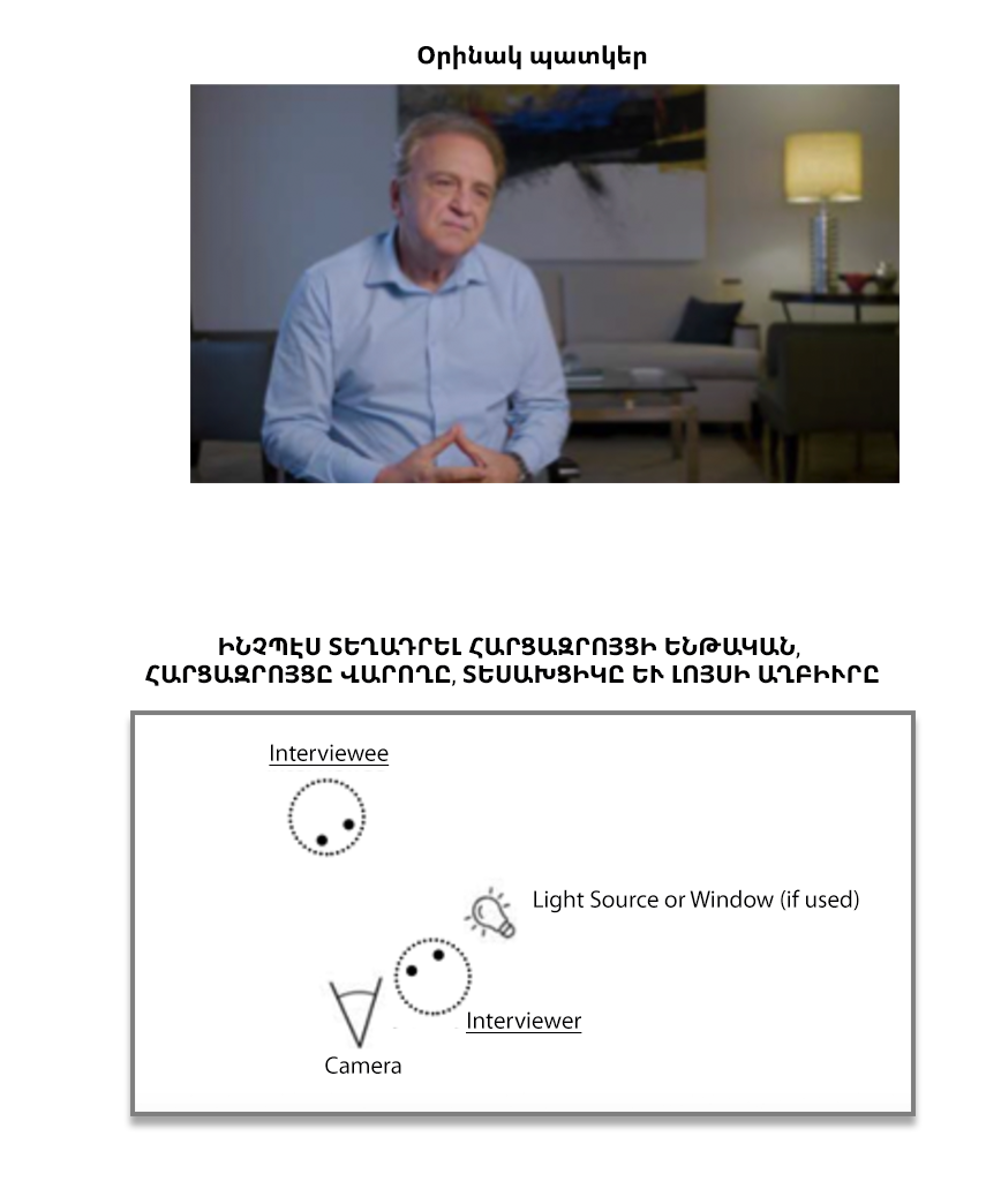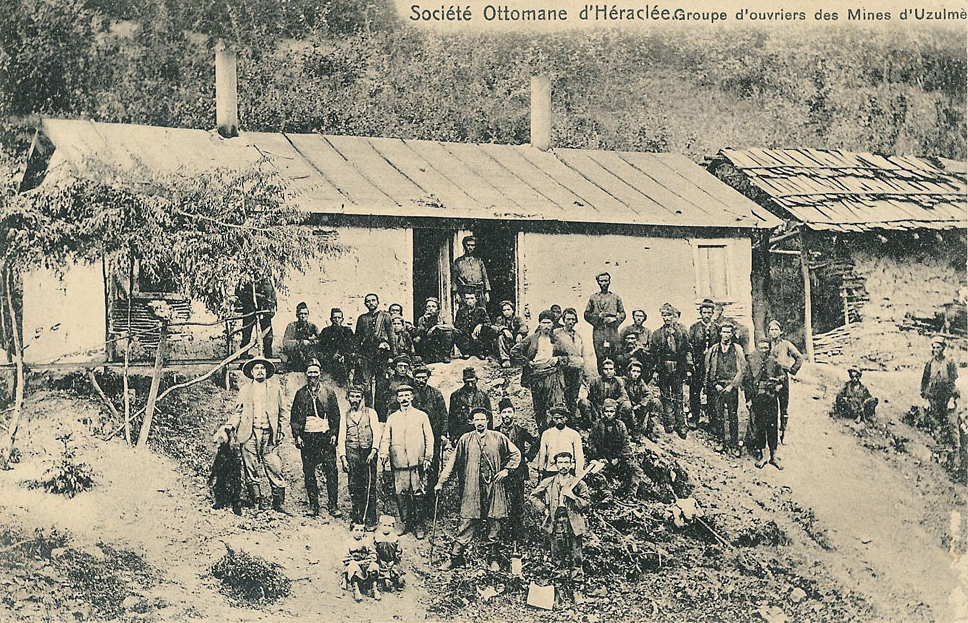
Orlando Carlo Calumeno collects postcards. Not just any postcards, but Anatolian postcards printed between 1895 and 1921. Mementos of a halcyon time and place completely scrubbed from memory by genocide.
The Istanbul-based businessman will be in Los Angeles for the September 21 opening reception of “Undeliverable: Postcards and Photos of Lives Interrupted,” a one-of-a-kind installation that runs through December 16 in USC’s Edward L. Doheny Jr. Memorial Library. Spanning the library’s Treasure Room, Rotunda and Arts Corridor, “Undeliverable” interlaces 160 vintage Anatolian postcards with mind-bending imagery of the same places, taken a century later by Brazilian-Armenian photographer Norair Chahinian.
These pictorial souvenirs—some of which have never been exhibited before—illustrate the everyday lives of Armenians in Anatolian cities, towns and villages. They would be banal had their subjects not been systematically exterminated starting in 1915.
Calumeno’s day job is chief financial officer of NET Group, a major Turkish real estate, resort and financial services company. Speaking by telephone from his home, he described his side-job as the keeper of the world’s largest collection of Ottoman postcards, a 70,000-frame visual record of an erased civilization.
What is the purpose of your collecting?
I am trying to give a sense of how minorities lived under the Ottoman empire. Anatolia was a mixed cradle of civilization. Multilingual, multifaith, multicultural. That has been lost in the transition to the republic. Anatolia is far behind where it was 500 years ago. Its greatness was in that melting pot of all those different cultures—Armenians, Assyrians, Jews, Greeks, Kurdish people, Italians, Germans, French. Now it has become mono-cultural and mono-lingual. When you lose the minorities, you lose Anatolia basically. That’s the spirit of the entire collection.
How did the collection begin?
I was 16 years old, when one day, on my way from school, I stopped to look in a used bookstore. I saw this old postcard depicting the Hippodrome Square in the Hagia Sophia area. On the back there was writing in this weird language. I didn’t know what language it was, but it intrigued me. I had to buy it. When I showed my mother, she was shocked. She said: “It’s Armenian.” It was like an awakening. Like my roots calling me.
Are you Armenian? Orlando Carlo Calumeno sounds like an Italian name.
That’s a question I get often. I’m half Armenian.
My mother is fully Armenian. We spoke Armenian in the house, but I can’t write or read. My father is 100-percent Italian. We are one of the oldest Italian families to live in Istanbul; we’ve been here for 400 years. In 1910, there were 200,000 Italian families living in the Ottoman empire. Now there are only about 500 Levantine Italians left.
You don’t only collect Armenian postcards.
At first I was collecting only postcards on which there were Armenian inscriptions. Then it evolved. Our entire collection of 100,000 objects now includes all minorities. We try to visualize every corner of Anatolia—how it was 120 years ago.
In addition to the postcards, we have 10,000 pieces of Anatolian ephemera—two-dimensional objects, basically anything printed on paper: business cards, invoices, insurance policies, diplomas. We have close to 20,000 books that are in the Armenian language, from the 17th century to 1921. And we have a wide collection of objects minorities were using in their daily lives. Simple carpets, furniture, glasses, pottery, porcelain, jewelry, costumes. Anything you can imagine.
This sounds like a labor of love. Are you supporting it financially?
Yes. It is a money-losing project entirely sponsored by the Calumeno family. But we don’t care about that. We think it’s something we owe to our ancestors. My sister, Serena Calumeno, is deeply in love with the collection. She assists me with everything. My father is involved as well. It’s a family enterprise.
When the postcards are not on exhibition, where are they kept?
All our postcards are kept in acid-free folders in a safe. We try our best as temporary guardians of this collection to keep them for the next generation. We are in the process of digitally archiving the postcards so we won’t have to manhandle them all the time. We currently employ a staff of five archivists who will finish the project in 14 months. We also have 10,000 photographs from the Ottoman empire that we haven’t started archiving yet.
Do you have a favorite postcard in this installation, and why do you like it?
The postcard I like the most is the first postcard I ever bought. The one showing Hippodrome Square, where they held the chariot races in antiquity. The inscription made it very special for me. It’s a homeopathic recipe for a cream to prevent breast pain from nursing that one sister is sending from Istanbul to Bursa, where the other sister has just given birth to a baby.
What would have happened to these postcards if you hadn’t started collecting them?
They would have probably been lost. Today, you could not find most of these postcards anywhere at any price.
Why do you care so much?
Whenever I hold one of the postcards in my hand, it’s like I’m jumping into that scene. I’m going back in time. Maybe it’s a sickness, I don’t know. That’s how I feel. Each one is a gateway to connect with the past—a glorious past where everybody called each other “my brother, my sister.” In today’s world, it’s hard to imagine this. Not everything was beautiful, but when you go back to pre-genocide Anatolia, you see these naïve people—not knowing what is going to happen in the future. They all live happily. And in these images, they live happily forever.
What message would you hope visitors take away from “Undeliverable”?
That all Armenians need to take care of their past. Look at me: the half Armenian, living in Turkey, gathering this collection together to make a connection with his roots. Everybody has to make an effort to safeguard the memories of that past—so they can understand who they are in life. Everybody has to make an effort so that the tradition, the culture, is not lost.
–
Visit the installation during INNOVATE ARMENIA on September 23.
DOHENY LIBRARY HOURS:
Monday through Thursday, 8 am-10 pm; Friday, 8 am-8 pm; Saturday, 9 am-5 pm; Sunday, 12 pm-8 pm.
Read more: Two Literary Pulitzer Prize winners share the stage at Innovate Armenia

